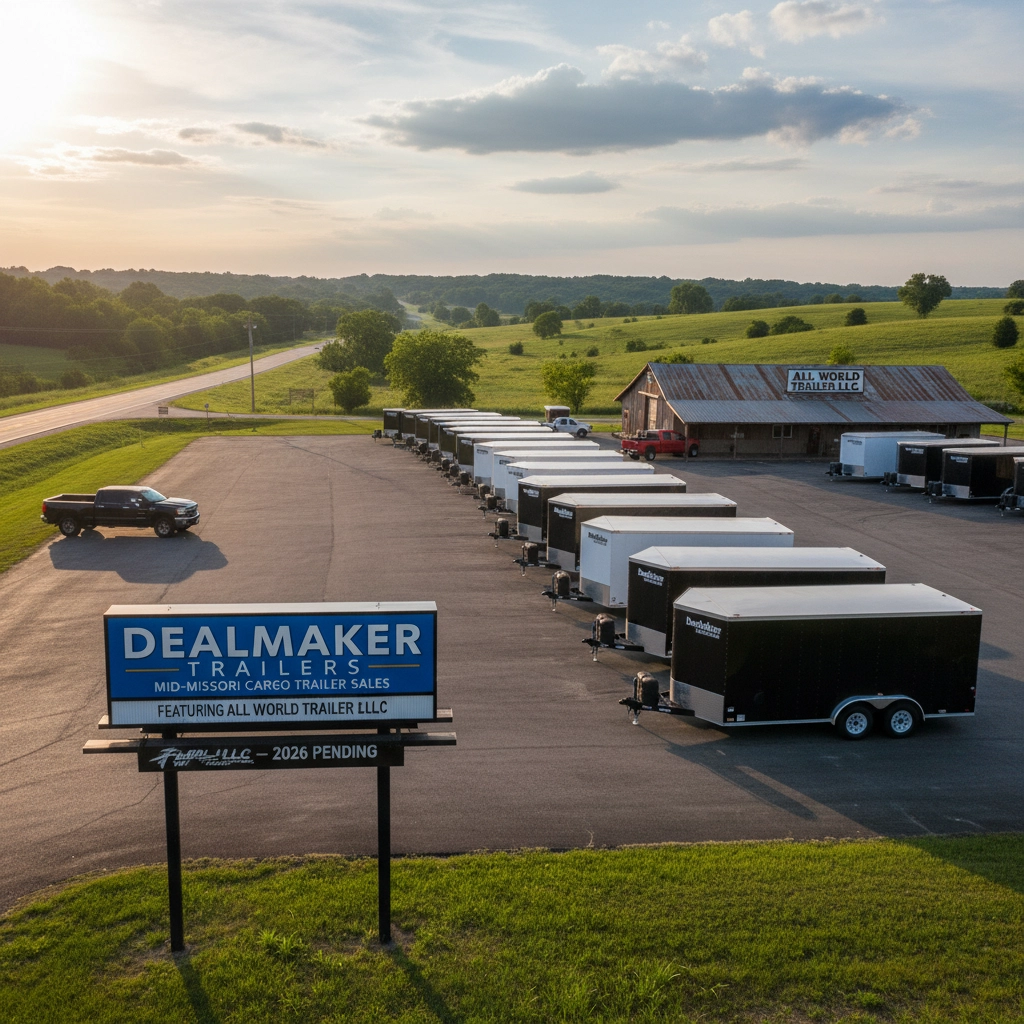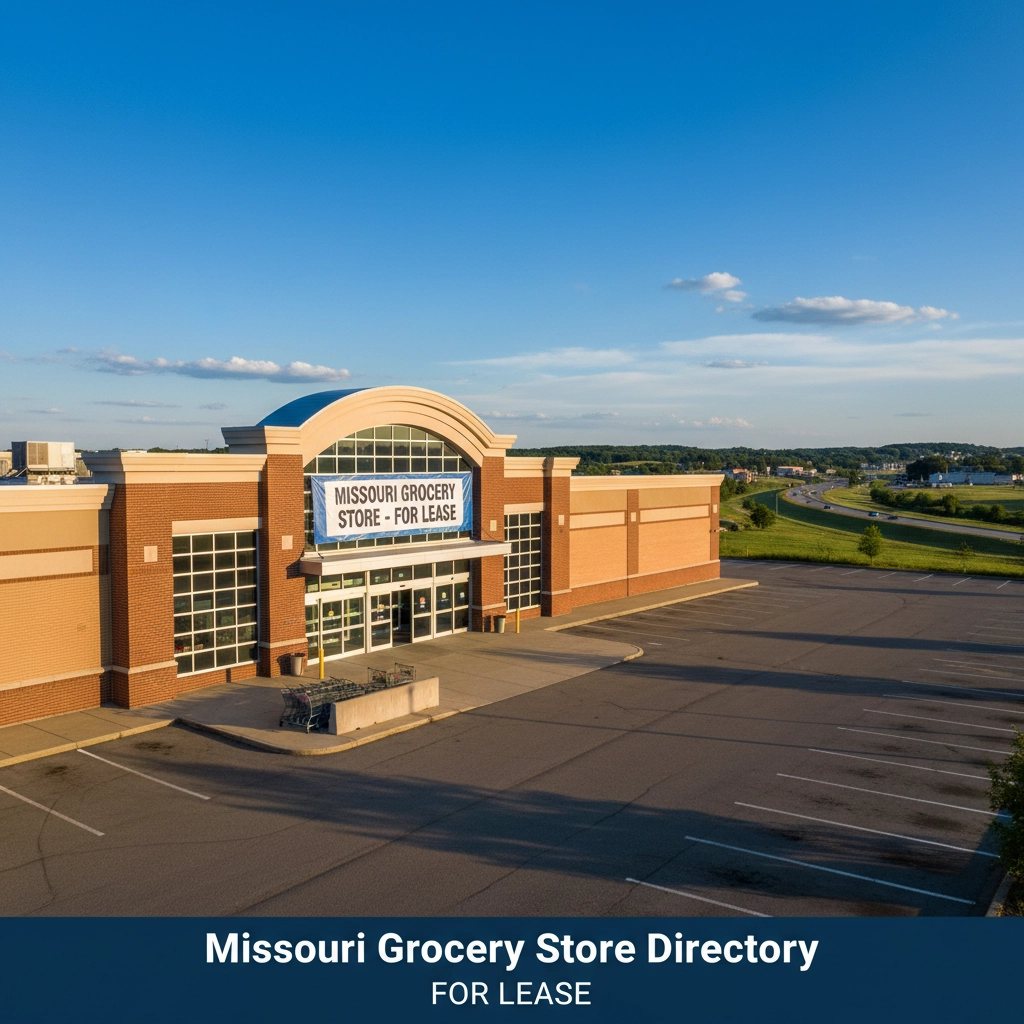Discovering Central Missouri: Columbia
- Randy Dinwiddie

- Oct 3
- 5 min read
Updated: Oct 6
Discovering Central Missouri: Columbia
heroImage
Columbia, Missouri: or "CoMo" as locals call it: sits right in the heart of central Missouri like a vibrant crossroads where education, culture, and small-town charm collide. With a population pushing 125,000, it's the fourth-largest city in Missouri, but don't let that fool you. This place has maintained the soul of a college town while growing into something much more substantial.
The University Town That Started It All
Columbia's story really begins in 1839 when the University of Missouri was founded here, making it the first public university west of the Mississippi River. That's a pretty big deal when you think about it: while most of the frontier was still figuring out basic infrastructure, Columbia was already planning for higher education.
The university didn't just happen to land here by accident. Local residents actually donated land and raised money to bring the institution to their community, showing the kind of forward-thinking that would define Columbia for generations. By the 1840s, the campus was taking shape around what would become the iconic Francis Quadrangle, and Columbia was officially on the map as Missouri's college town.

The Civil War tested Columbia like it did every Missouri community. The town found itself in that terrible position of being divided, with residents supporting both Union and Confederate causes. Federal troops occupied the city multiple times, and the university actually closed its doors from 1862 to 1867 because so many students and faculty had left to fight.
But Columbia bounced back stronger. The post-war years brought growth, and by the 1870s, the Missouri-Kansas-Texas Railroad had arrived, connecting Columbia to larger markets and bringing in new residents. The university reopened and began expanding rapidly, establishing schools of medicine, law, and journalism that would eventually earn national recognition.
Building The District Downtown
Downtown Columbia: now known as "The District": tells the story of a community that refused to let its center die. Like so many American downtowns, Columbia's core struggled in the latter half of the 20th century as suburban development pulled businesses and residents away from the city center.
The turnaround began in earnest in the 1990s when local leaders, business owners, and the university started working together to revitalize downtown. They created the Downtown Community Improvement District in 2011, giving the area dedicated funding and management to tackle everything from infrastructure improvements to marketing and events.

Today, The District spans 50 square blocks and houses over 600 businesses. It's divided into five distinct areas: the Sharp End, the Government District, the North Village Arts District, the Stollway, and Flat Branch. Each has its own personality, but they all share that mix of historic buildings, local businesses, and the energy that comes from being surrounded by three different college campuses.
The District isn't just a business area: more than 5,000 people actually live downtown now. That's created the kind of 24/7 activity that makes a downtown truly vibrant. You've got everything from coffee shops that serve students cramming for exams to upscale restaurants where professors take visiting scholars, all within a few blocks of each other.
Natural Wonders Right Outside Town
What makes Columbia unique isn't just what's been built here: it's also what nature provided. Rock Bridge Memorial State Park sits just south of the city, and it's genuinely spectacular. The park gets its name from a natural limestone arch that spans a small stream, but that's just the beginning.
The park covers 2,200 acres of forests, glades, and caves. Connor's Cave is a popular spot for guided tours, but there are several other caves you can explore on your own if you know what you're doing. The trail system connects to Columbia's broader network of greenways, so you can literally bike from downtown to some serious wilderness.

Stephens Lake Park, right in the city, offers a different kind of natural experience. The 11-acre lake was actually created in the 1960s as part of Columbia's park system expansion. It's become the go-to spot for families, with beach access, fishing, and a trail that circles the lake. In winter, when the lake freezes solid, it turns into an ice skating rink.
Then there's Shelter Gardens, which started as a private garden in the 1930s and became a public space in the 1970s. The gardens include a sensory garden designed specifically for visitors with vision loss: one of the first of its kind in Missouri. The waterfall and memorial areas make it a popular spot for weddings and community events.
The Journalism Capital of Missouri
You can't talk about Columbia without mentioning the Missouri School of Journalism, which has been training reporters since 1908. It was the first journalism school in the world, and it's still considered one of the best. The school runs the local NBC affiliate, KOMU-TV, and the Columbia Missourian newspaper, giving students real-world experience while providing professional news coverage to the community.
This journalism tradition has given Columbia a different relationship with media and information than most cities its size. Local government meetings get covered thoroughly, community issues get investigated, and there's generally a higher level of civic engagement because people are used to having access to good information about what's happening in their city.

The journalism school has also attracted media companies and nonprofit organizations to Columbia. The Donald W. Reynolds Journalism Institute, located on campus, works with news organizations across the country on digital innovation and community engagement. It's made Columbia a quiet hub for thinking about the future of journalism and local media.
A Food Scene That Punches Above Its Weight
Columbia's restaurant scene reflects its position as a crossroads. You've got traditional Missouri comfort food: think fried chicken, barbecue, and anything involving pork: alongside international cuisine brought by university students and faculty from around the world.
Shakespeare's Pizza, founded in 1973, has become a local institution that former students crave when they move away. But Columbia also has Vietnamese pho restaurants, authentic Mexican taquerías, and farm-to-table establishments that source from the surrounding agricultural region.
The farmers market, held downtown every Saturday, connects the city directly to Boone County's agricultural communities. It's become a social event as much as a shopping trip, with live music, food vendors, and the kind of casual conversations that make Columbia feel smaller than it actually is.
What Makes Columbia Special Today
Columbia works because it found a way to be several things at once without losing its identity. It's a university town that takes education seriously, but it's not stuffy or isolated from the real world. It's grown significantly but maintained the accessibility and friendliness that make Missouri communities special.
The city has also managed to balance growth with preservation. Historic neighborhoods like the East Campus area and North Ninth Street maintain their character while adapting to modern needs. New development downtown has filled in vacant lots and updated old buildings rather than starting over from scratch.

Maybe most importantly, Columbia has maintained strong connections to the broader central Missouri region. It serves as a regional medical center, shopping destination, and cultural hub for smaller communities throughout mid-Missouri. But it hasn't forgotten that it exists within a larger agricultural and small-town context that defines this part of the state.
Columbia today is what happens when a community commits to both education and local character, when it embraces growth while respecting its history, and when it recognizes that being at the center of Missouri means serving not just yourself but the entire region around you.


















































Comments